AN APPEAL FOR SUPPORT
- We seek your support to meet expenses relating to formatting of articles and books, maintaining and running the journal through hosting, correrspondences, etc.Please write to the Editor in his e-mail address mthirumalai@comcast.net to find out how you can support this journal.
- Also please use the AMAZON link to buy your books. Even the smallest contribution will go a long way in supporting this journal. Thank you. Thirumalai, Editor.
BOOKS FOR YOU TO READ AND DOWNLOAD FREE!
- Cooperative Learning Incorporating
Computer-Mediated Communication: Participation, Perceptions, and Learning Outcomes
in a Deaf Education Classroom ...
Michelle Pandian, M.S. -
The Effects of Age on the Ability to Learn English As a Second Language ...
Mariam Dadabhai, B.A. Hons. - A STUDY OF THE SKILLS OF READING
COMPREHENSION IN ENGLISH DEVELOPED BY STUDENTS OF STANDARD IX IN THE SCHOOLS IN TUTICORIN DISTRICT, TAMILNADU ...
A. Joycilin Shermila, Ph.D. - A Socio-Pragmatic Comparative Study of Ostensible Invitations in English and Farsi ...
Mohammad Ali Salmani-Nodoushan, Ph.D. - ADVANCED WRITING - A COURSE TEXTBOOK ...
Parviz Birjandi, Ph.D.
Seyyed Mohammad Alavi, Ph.D.
Mohammad Ali Salmani-Nodoushan, Ph.D. - TEXT FAMILIARITY, READING TASKS, AND ESP TEST PERFORMANCE: A STUDY ON IRANIAN LEP AND NON-LEP UNIVERSITY STUDENTS - A DOCTORAL DISSERTATION ...
Mohammad Ali Salmani-Nodoushan, Ph.D. - A STUDY ON THE LEARNING PROCESS OF ENGLISH
BY HIGHER SECONDARY STUDENTS
WITH SPECIAL REFERENCE TO DHARMAPURI DISTRICT IN TAMILNADU ...
K. Chidambaram, Ph.D. - SPEAKING STRATEGIES TO OVERCOME COMMUNICATION
DIFFICULTIES IN THE TARGET LANGUAGE SITUATION - BANGLADESHIS IN NEW ZEALAND ...
Harunur Rashid Khan - THE PROBLEMS IN LEARNING MODAL AUXILIARY VERBS IN ENGLISH AT HIGH SCHOOL LEVEL ...
Chandra Bose, Ph.D. Candidate - THE ROLE OF VISION IN LANGUAGE LEARNING
- in Children with Moderate to Severe Disabilities ...
Martha Low, Ph.D. - SANSKRIT TO ENGLISH TRANSLATOR ...
S. Aparna, M.Sc. - A LINGUISTIC STUDY OF ENGLISH LANGUAGE CURRICULUM AT THE SECONDARY LEVEL IN BANGLADESH - A COMMUNICATIVE APPROACH TO CURRICULUM DEVELOPMENT by
Kamrul Hasan, Ph.D. - COMMUNICATION VIA EYE AND FACE in Indian Contexts by
M. S. Thirumalai, Ph.D. - COMMUNICATION
VIA GESTURE: A STUDY OF INDIAN CONTEXTS by M. S. Thirumalai, Ph.D. - CIEFL Occasional
Papers in Linguistics,
Vol. 1 - Language, Thought
and Disorder - Some Classic Positions by
M. S. Thirumalai, Ph.D. - English in India:
Loyalty and Attitudes
by Annika Hohenthal - Language In Science
by M. S. Thirumalai, Ph.D. - Vocabulary Education
by B. Mallikarjun, Ph.D. - A CONTRASTIVE ANALYSIS OF HINDI
AND MALAYALAM
by V. Geethakumary, Ph.D. - LANGUAGE OF ADVERTISEMENTS
IN TAMIL
by Sandhya Nayak, Ph.D. - An Introduction to TESOL:
Methods of Teaching English
to Speakers of Other Languages
by M. S. Thirumalai, Ph.D. - Transformation of
Natural Language
into Indexing Language:
Kannada - A Case Study
by B. A. Sharada, Ph.D. - How to Learn
Another Language?
by M.S.Thirumalai, Ph.D. - Verbal Communication
with CP Children
by Shyamala Chengappa, Ph.D.
and M.S.Thirumalai, Ph.D. - Bringing Order
to Linguistic Diversity
- Language Planning in
the British Raj by
Ranjit Singh Rangila,
M. S. Thirumalai,
and B. Mallikarjun
REFERENCE MATERIAL
- UNIVERSAL DECLARATION OF LINGUISTIC RIGHTS
- Lord Macaulay and
His Minute on
Indian Education - In Defense of
Indian Vernaculars
Against
Lord Macaulay's Minute
By A Contemporary of
Lord Macaulay - Languages of India,
Census of India 1991 - The Constitution of India:
Provisions Relating to
Languages - The Official
Languages Act, 1963
(As Amended 1967) - Mother Tongues of India,
According to
1961 Census of India
BACK ISSUES
- FROM MARCH 2001.
- INDEX OF ARTICLES
FROM MARCH, 2001
to SEPTEMBER 2007. - INDEX OF AUTHORS
AND THEIR ARTICLES
FROM MARCH, 2001
- SEPTEMBER 2007
- E-mail your articles and book-length reports in Microsoft Word to mthirumalai@comcast.net.
- Contributors from South Asia may send their articles to
B. Mallikarjun,
Central Institute of Indian Languages,
Manasagangotri,
Mysore 570006, India or e-mail to mallikarjun@ciil.stpmy.soft.net. PLEASE READ THE GUIDELINES GIVEN IN HOME PAGE IMMEDIATELY AFTER THE LIST OF CONTENTS. - Your articles and booklength reports should be written following the MLA, LSA, or IJDL Stylesheet.
- The Editorial Board has the right to accept, reject, or suggest modifications to the articles submitted for publication, and to make suitable stylistic adjustments. High quality, academic integrity, ethics and morals are expected from the authors and discussants.
Copyright © 2007
M. S. Thirumalai
LEARNING AND TEACHING TAMIL
IN SINGAPORE
An Argument in Favor of Engaged Learning and
Emphasis on Spoken Tamil
M. S. Thirumalai, Ph.D.
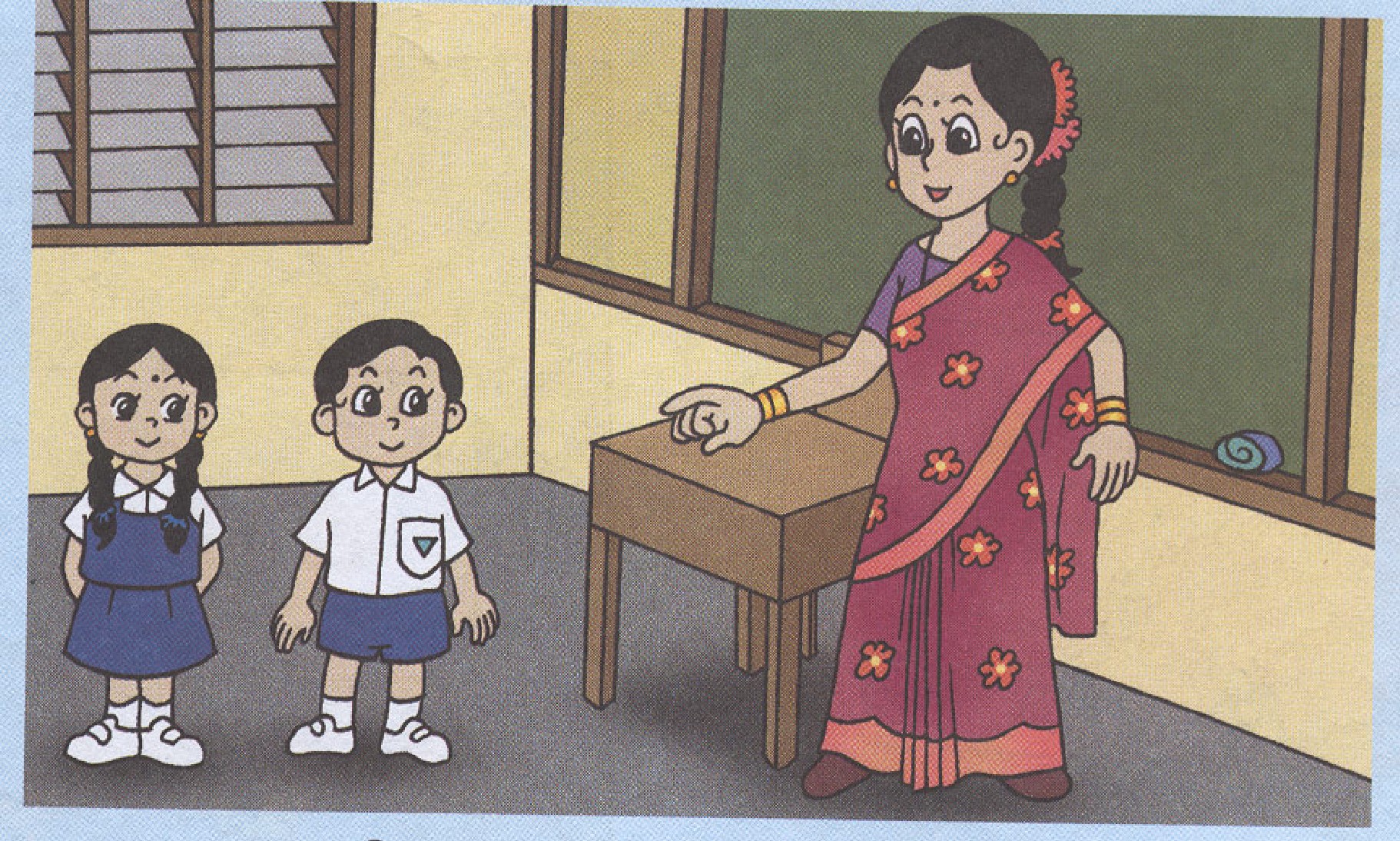
In this article in Tamil, I present a review of the structure and content of Tamil textbooks that were/are prepared and used in Singapore. This review aims at identifying some of the very interesting features of the Tamil textbooks in use in Singapore. The review was presented as my Keynote address to the Seminar/worshop organized by the Tamil Curriculum Development Cell of the Ministry of Education, Government of Singapore in 2006.

Teaching and using Indian languages as part of the curriculum for the Indian Diaspora often takes the role and function of heritage learning. However, in the case of the vibrant and zealous Tamil community in Singapore (and Malaysia), Tamil is an official language with an excellent support base from the national governments as well as culture leaders. However, as new generations enter school, these students, impacted by the global trend of using English even for interpersonal communication, have started losing their skills in their mother tongue. Situation calls for a radical review of the existing textbooks, especially the language style adopted, content introduced, classroom activities organized, and the goals of Tamil teaching and learning.
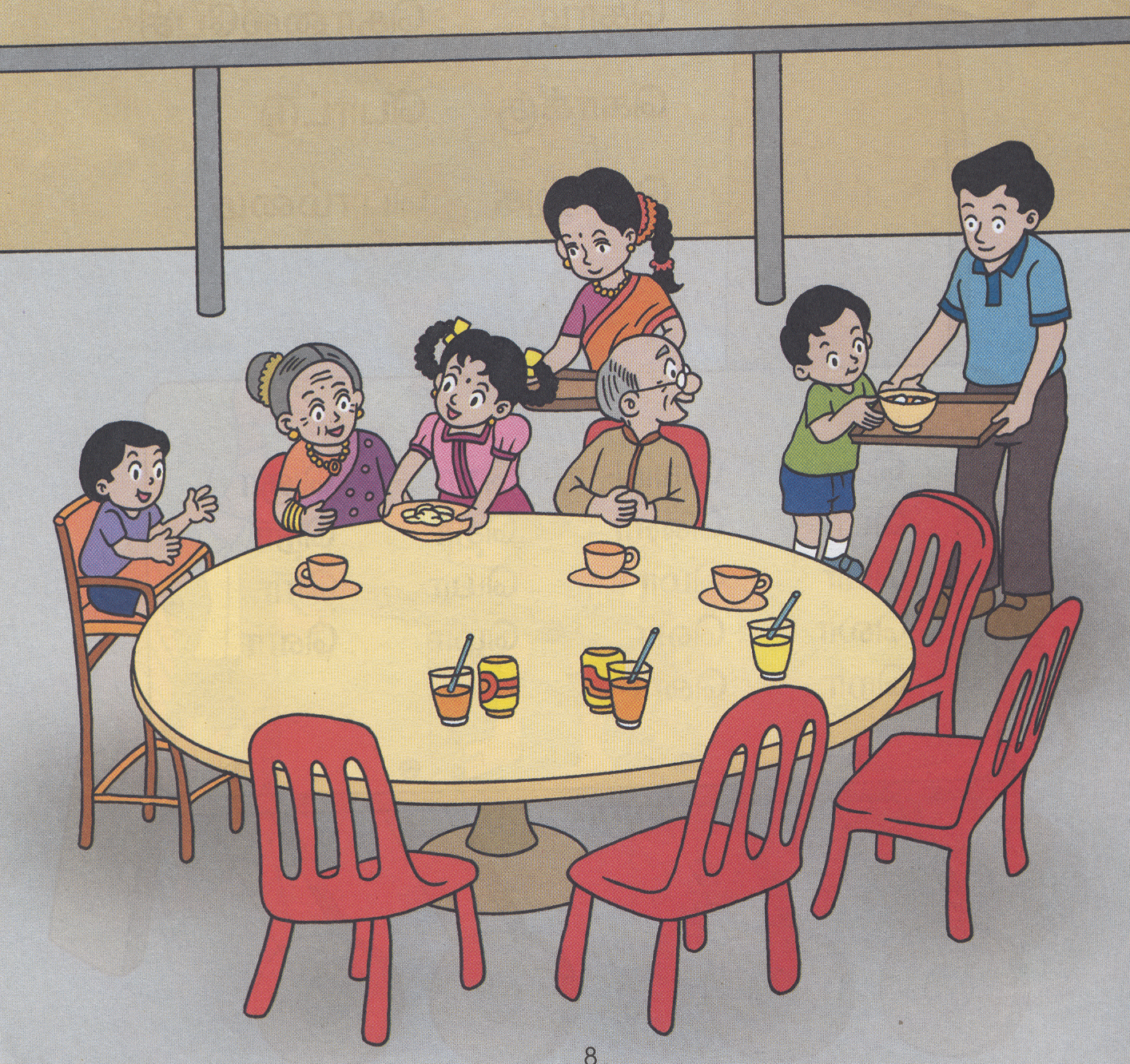
The article succinctly describes the current situation, the layout and goals of the existing Tamil textbooks, and suggests enagaged learning processes with a greater emphasis on Spoken Tamil. The models offered in Tamilnadu, India may not be entirely relevant for the situation in Singapore. The article readily identifies the deliberately and intelligently designed processes of Singapore Tamil textbooks, and argues for a greater thrust toward bridging the Spoken Tamil and Written Tamil in the textbooks.
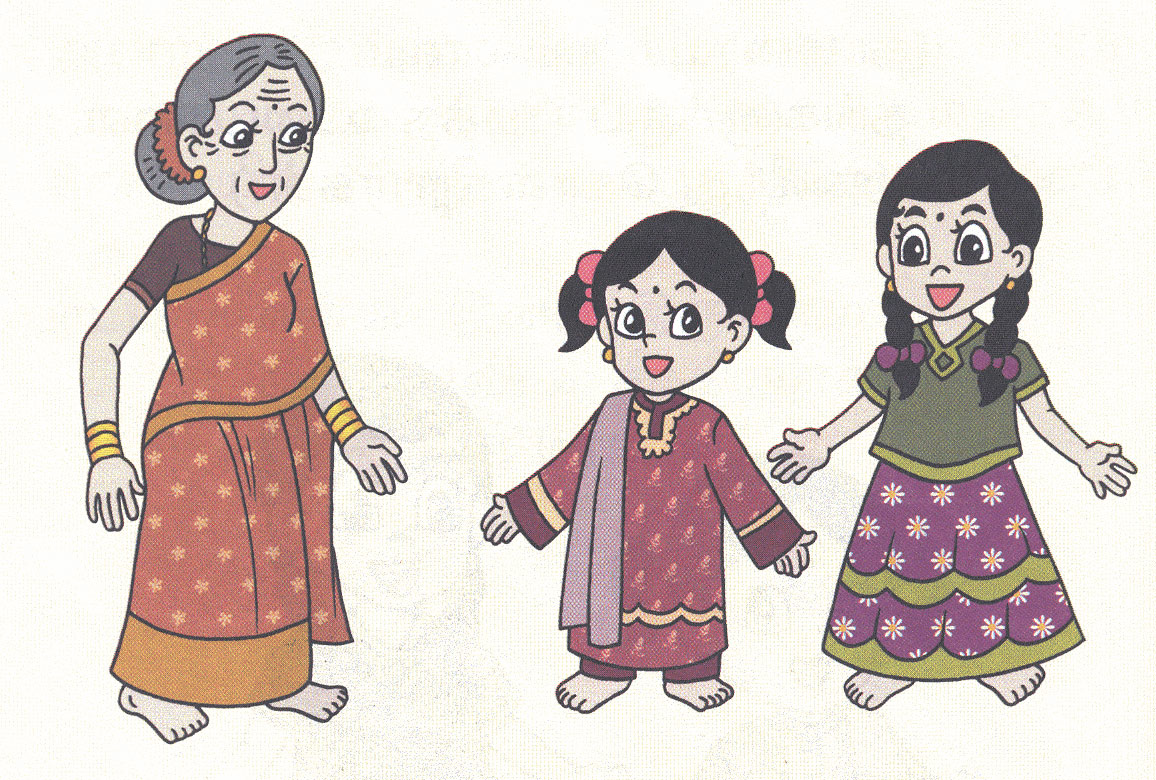
The writers of Tamil textbooks in Tamilnadu (a woesome government effort) have a lot to learn and emulate from the existing Singapore Tamil textbooks, while at the same time, Singapore writers have an imperative need to make new headways, in terms of the bridge between the spoken and written varieties.
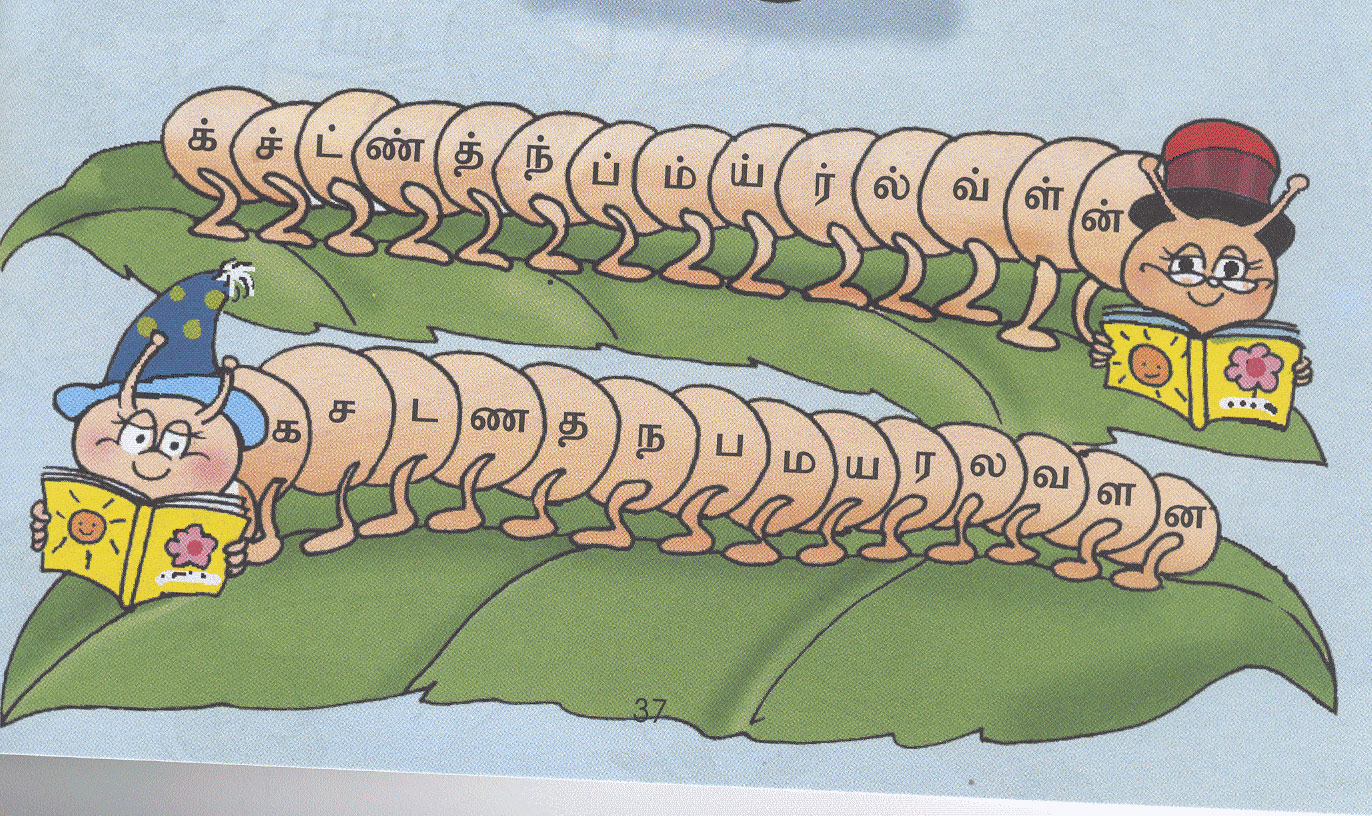
While it may be a pragmatic step, or it may perhaps be necessitated by the educational policy of the Government of Singapore, that the Singapore Tamil textbooks somewhat ignore the religious genre of literature in Tamil, textbook writers need to find a way to impart some understanding and appreciation of this literary genre. Inclusion of materials from the Chinese and Malay classics is also recommended.
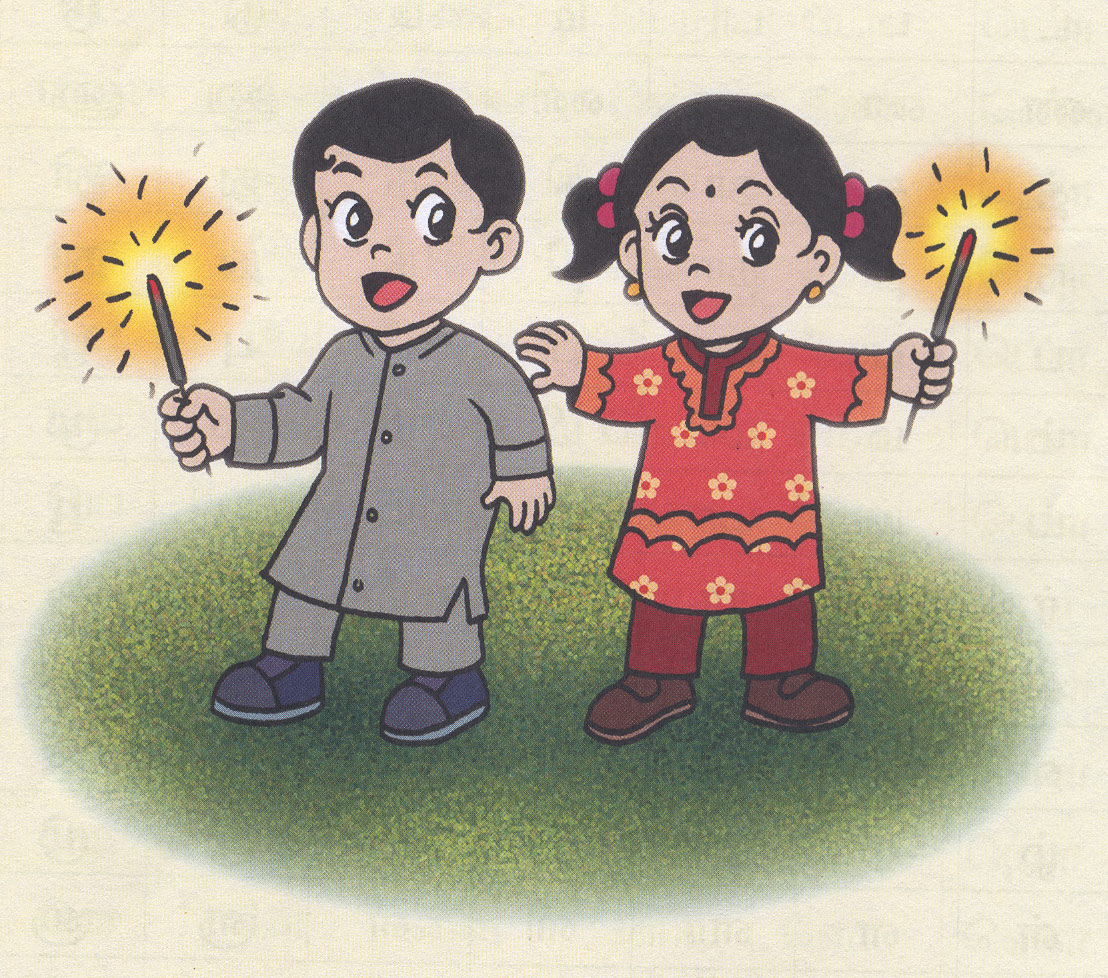
Let us also recognize the fact that neither the textbook writers, nor the syllabus, nor the textbooks and the classroom activities alone can bring about the desired change. Parents, social organizations, opinion leaders, Tamil media, et al. need to work together with young people to accomplish this goal. It is important to exploit all avenues, both curriculuar and extra-curricular, to encourage the students to overcome their reluctance to speak Tamil at home, and with other Tamil persons they come across, in places of work, shopping areas, etc. Let not Tamil take the avatar of a language learned and used only in the classroom! Much is at stake here!
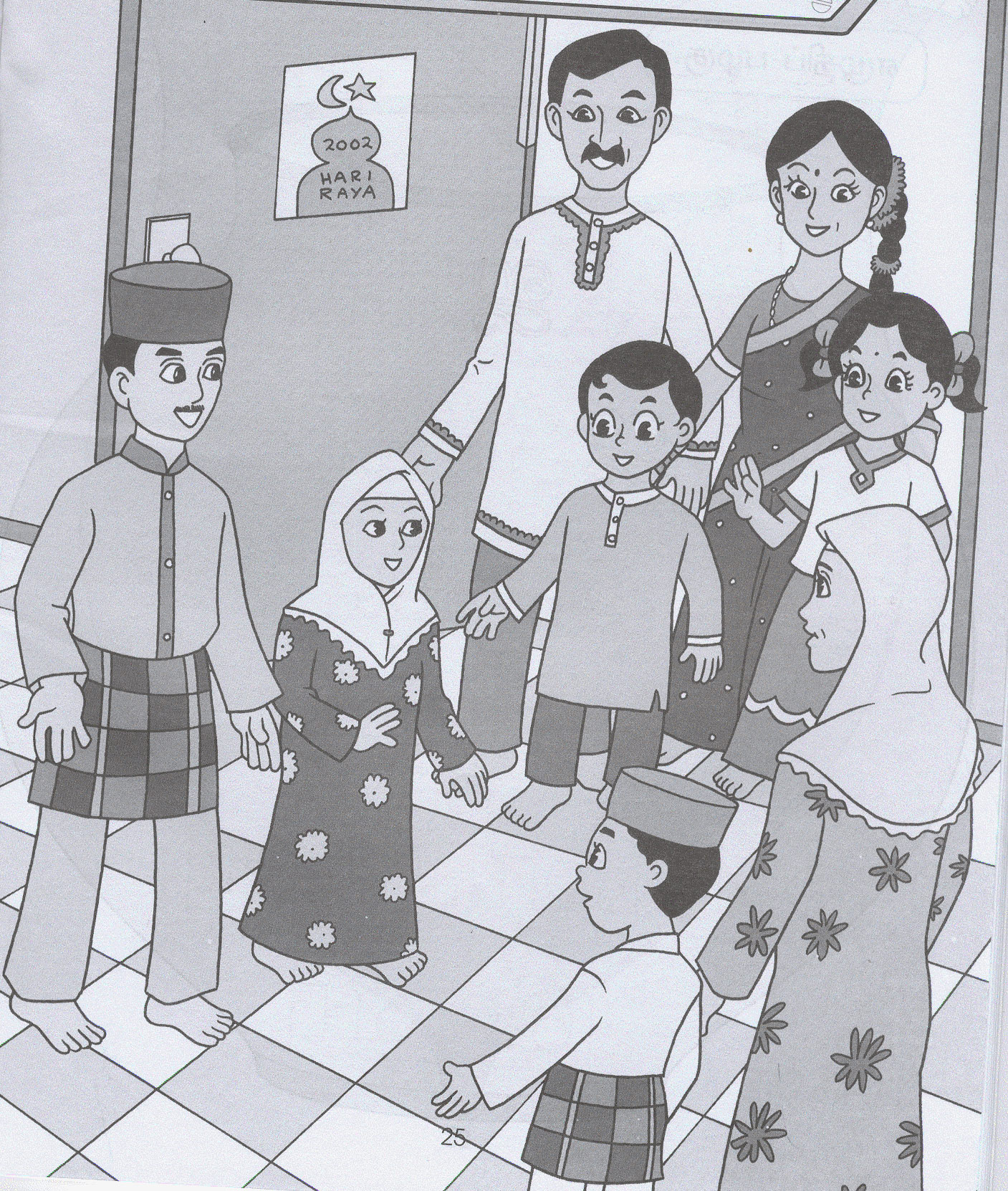
PLEASE CLICK HERE TO READ THE ENTIRE ARTICLE IN A PRINTER-FRIENDLY VERSION.
Language of Headlines in Kannada Dailies | Urdu Figurative Language and Creativity in Pakistani English | Learning and Teaching Tamil in Singapore - An Argument in Favor of Engaged Learning and Emphasis on Spoken Tamil | "TEACH READING??? WHY ME?!?!" - Content Area Teacher's Question Answered! | Folk Theatre and Human Complexity in Girish Karnad's Nagamandala | Technique as Revelation of the Psyche - A Study of the Book of Psalms | HOME PAGE OF OCTOBER 2007 ISSUE | HOME PAGE | CONTACT EDITOR
M. S. Thirumalai, Ph.D.
Teacher-Consultant
St. John's Elementary School
Tenkasi 627 811
Tamilnadu, India
mthirumalai@comcast.net
- Send your articles
as an attachment
to your e-mail to
mthirumalai@comcast.net. - Please ensure that your name, academic degrees, institutional affiliation and institutional address, and your e-mail address are all given in the first page of your article. Also include a declaration that your article or work submitted for publication in LANGUAGE IN INDIA is an original work by you and that you have duly acknolwedged the work or works of others you either cited or used in writing your articles, etc. Remember that by maintaining academic integrity we not only do the right thing but also help the growth, development and recognition of Indian scholarship.
